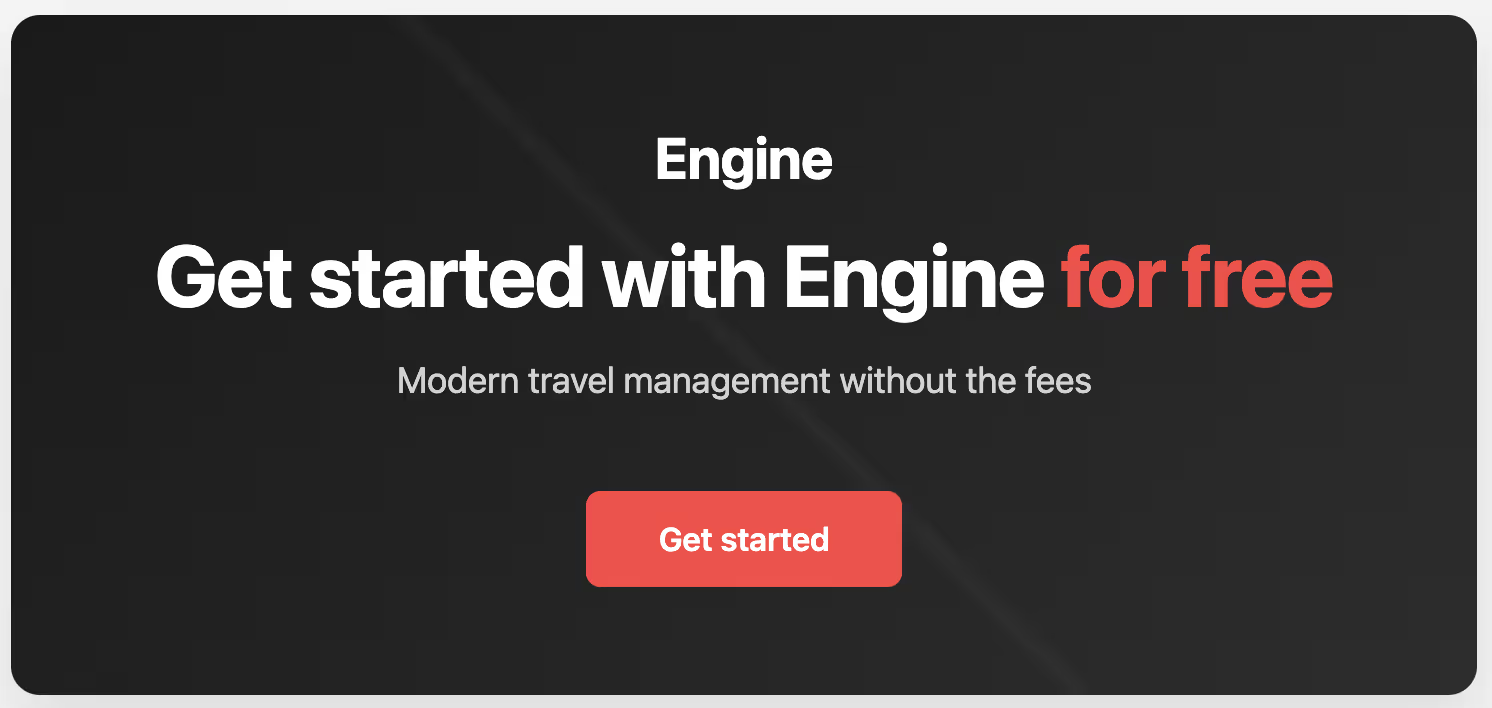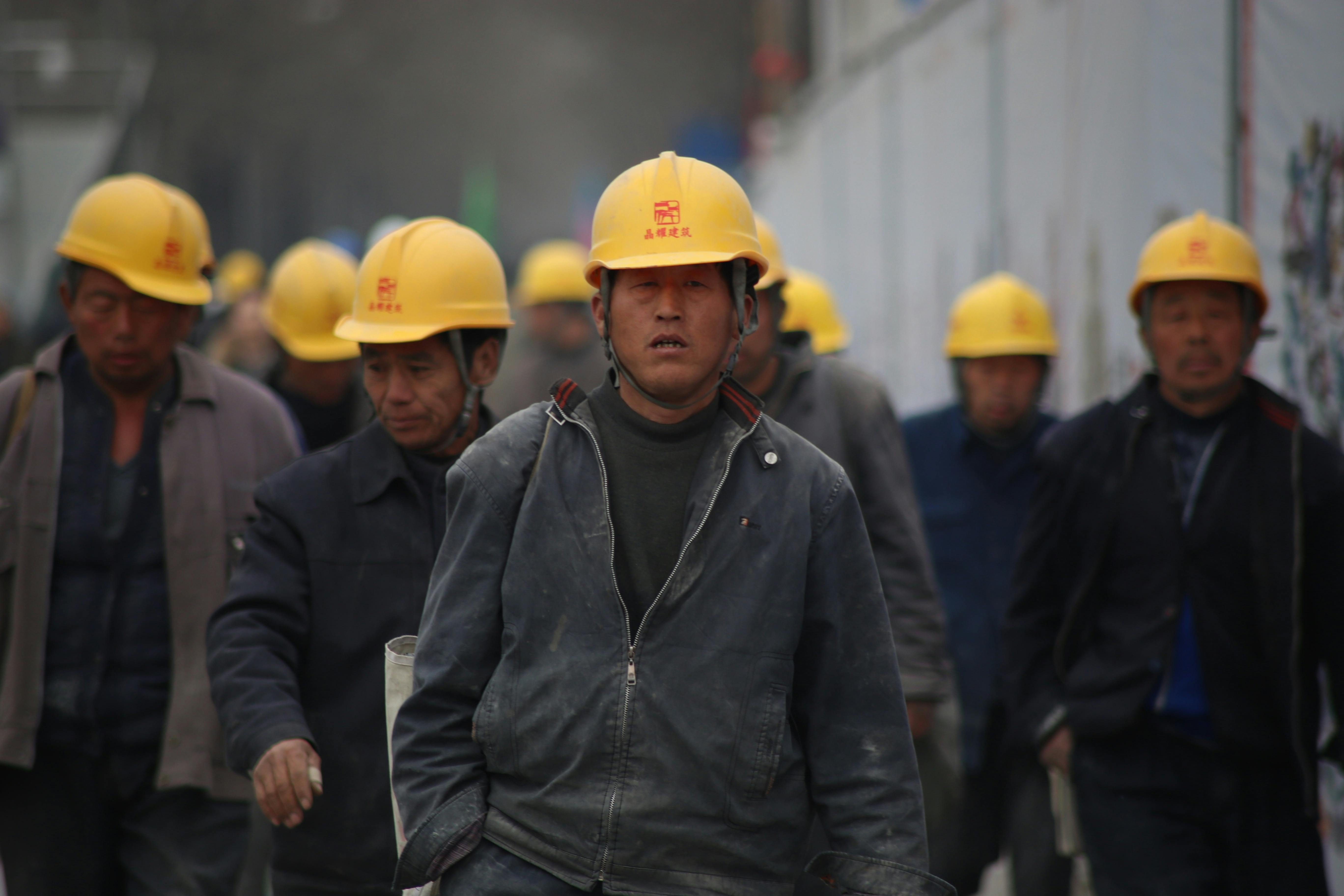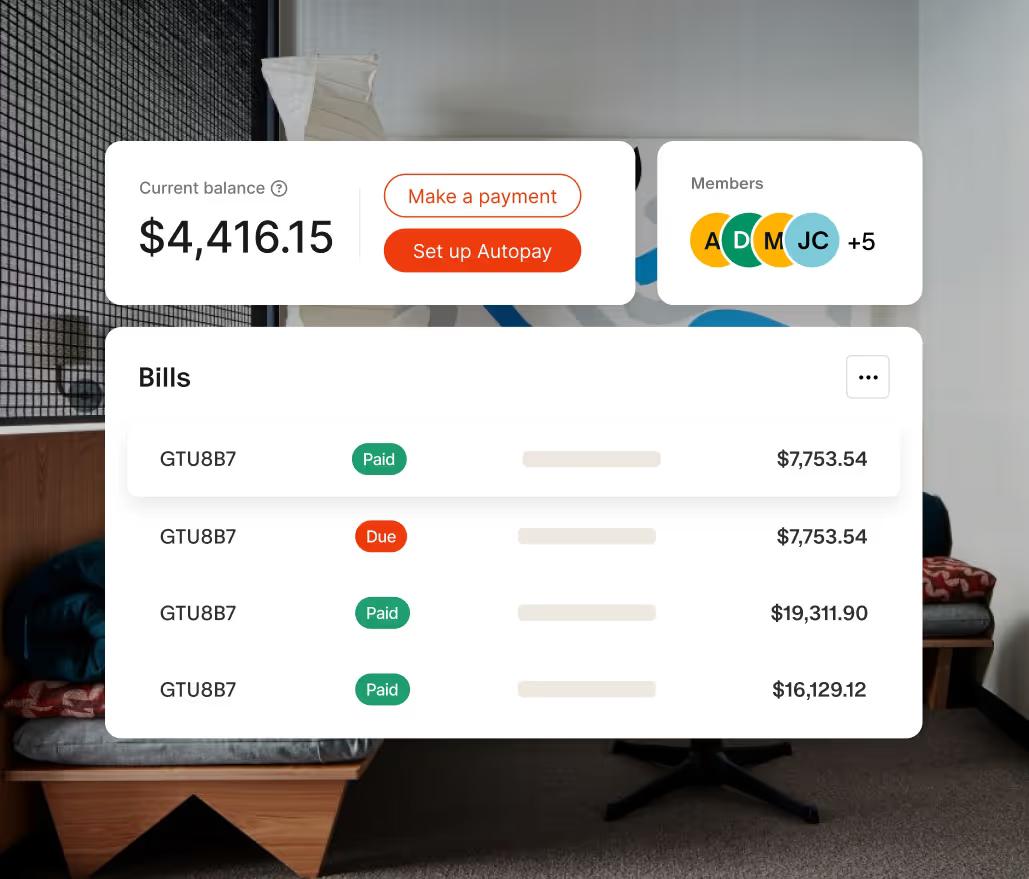A Construction Manager's Guide to Crew Housing

Permit delays. Unexpected site problems. Finance wants to know which job that $12,000 in hotel charges belongs to. You're chasing your electrical sub for receipts from two months ago. Standard booking platforms don't offer the flexibility that construction work demands.
This guide shows you how to book crew housing that protects your budget, tracks costs by job site, and stops the paperwork chaos.
Why Standard Booking Platforms Fail Construction Crews
Construction isn't regular corporate travel. Your crews aren't flying to a conference with six months' notice. They're driving to remote job sites with two days' warning, staying for unknown lengths of time, and dealing with constant schedule changes you can't control.
When a booking platform punishes the reality of construction, you pay twice: once for rooms you don't use, and again for the hours spent cleaning up the mess.
Standard platforms fail construction in three ways:
Unpredictable Timelines
Weather delays force you to extend stays. Permit holdups push back start dates. Site discoveries change the size of the crew you need.
Your roofing crew can't work in the rain, but you're paying for five nights of empty rooms. Most platforms charge you cancellation fees or you lose your deposit. That's wasted money built right into your project costs.
Job Costing Is a Mess
Hotel charges are scattered across different credit card statements with no project codes attached. When someone asks what a specific job cost, you have to dig through receipts. Without accurate tracking, you're just guessing at how profitable a job really is.
You bid the electrical work at $240,000 with an 18% margin. Six months later, you're trying to calculate actual profit. Hotel costs are buried in 23 different transactions across four credit cards. Some are in your name, some are from subs, and three are missing entirely. You can't tell Finance what the real margin was. Next time you bid similar work, you're flying blind.
Subcontractor Chaos
Independent contractors don't want to front the money for hotels. Credit card authorization forms are a nightmare. You're stuck chasing receipts from subs who are already on their next job.
Your HVAC sub needs rooms for a three-week install. He doesn't have a corporate card and won't put $4,500 on his personal Visa. You send him a credit card authorization form. Two weeks later, he still hasn't returned it because his crew is working 12-hour days. Meanwhile, the hotel won't hold the block without payment. The install starts Monday and you still don't have rooms locked in.
Choose the Right Accommodation for Your Construction Project
The right accommodation depends on the job. You have to consider how long the project is, how big the crew is, where it's located, and what the budget is. Quick comparison:
Match accommodations to project needs, and you cut costs, improve crew satisfaction, and eliminate logistical headaches. Get it wrong and you're managing complaints instead of managing builds.
Extended-Stay Hotels: 2 Weeks to 6 Months
Best for 5-30 workers on commercial builds lasting a few weeks to a few months. Book at least 2 weeks ahead, especially during busy season.
Ask for ground-floor rooms to keep tools safe. Negotiate weekly rates directly; monthly commitments can unlock discounts of 10% or more. Check for kitchenettes to save on meals.
Short-Term Furnished Rentals: 1 to 6 Months
Best for smaller specialized crews like welders, crane operators, and project managers on multi-month builds. Start looking 3-4 weeks ahead. Quality rentals near job sites book fast. Make sure there's parking for trucks.
Negotiate cleaning fees and security deposits upfront to avoid surprise charges.
On-Site Temporary Housing: Remote Locations
Best for jobs in remote locations, like pipeline or rural energy projects. Plan for delivery and setup 4-6 weeks ahead. Confirm utilities and waste management. Remember to budget for supply runs.
Group Booking for Crews: Up to 10 Rooms
Best for framing crews, multiple trades deploying simultaneously, and concrete pours requiring full crews. Submit requests 3-4 weeks ahead with exact dates, crew size, and job site address.
Be specific about room types. Don't assume hotels know your concrete crew needs double beds, not a king. Ask for rooms on the same floor to keep everyone together.
Eliminate the 3 Biggest Crew Housing Headaches
Standard booking platforms cause three recurring problems for construction managers: chasing receipts, losing money when plans change, and trying to track costs. Here's how to get rid of them.
Stop Chasing Receipts With Direct Bill
Your subcontractors book hotels on their own cards. Good luck getting receipts. Finance wants to know why you can't account for $8,000 in hotel charges.
Now you're stuck playing detective, chasing people who have already moved on. The money you owe them is just sitting there. You waste hours on paperwork instead of managing the project.
Engine pays hotels directly. You get one monthly invoice with every booking tagged to the right job. "Riverside Warehouse: $4,200." "I-95 Bridge Project: $6,800." Finance gets clean data, and you get your time back.
Protect Your Budget When Timelines Shift
Your roofing crew is booked for five nights starting Monday. Sunday afternoon, weather forecast shows rain through Wednesday. You can't work in the rain, but you've got five nights of non-refundable bookings.
Unexpected site conditions require more time. Construction timelines change constantly, but hotel cancellation policies don't. Standard platforms charge you fees or give you credits you can't use. That lost money comes straight out of your project's profit. Every timeline change becomes a budget problem.
Engine's FlexPro guarantees refunds on canceled or modified trips—real money back, not credits. You can cancel a reservation up to noon the day of check-in, or modify it up to noon on check-out day. Rain delays the roofing job? Cancel the first few nights, get a full refund, and rebook. No penalties, your budget is protected.
Track Housing Costs by Project Automatically
Your PM asks, "How much did we spend on crew housing for the Downtown Plaza job?" You have to hunt through emails and guess at a number. It takes you 45 minutes.
Then he asks for the I-95 numbers, and you have to start all over. When Finance can't close the books because the costs are all over the place, guess who gets blamed?
Engine uses custom fields to tag every booking with the project name, job number, client name, and more.
When you book for Downtown Plaza, you tag it "Downtown Plaza Retail" with job number "2025-847." At the end of the month, you export the data: Downtown Plaza cost $4,200, I-95 cost $6,800. Finance gets audit-ready job costing data automatically.
Book Crew Housing That Protects Project Budgets
You need a plan that stops problems before they start. These 3 tips will help you book accommodations that stay on budget, adapt to timeline changes, and keep Finance happy from day one.
1. Use Group Booking for Entire Crews
When you have up to 10 workers going to the same site, group booking saves time and money. Book your whole crew in one request instead of 10 separate reservations.
This gives you control over where they stay, so no one books a random motel 45 minutes away just to save $20.
2. Tag Everything to Projects From Day One
Don't wait until the end of the month to figure out which bookings belong to which job. Tag them to the project at the time of booking. Every reservation automatically gets allocated to the right project. Finance gets real-time visibility into costs, and you get clean data to improve your future bids.
3. Stay Close to the Job Site
Filter your search by how close the hotel is to the job site. A hotel 10 minutes away that costs $120 a night is better than one 45 minutes away that costs $100.
Your crew will get to the site on time, they'll be less tired, and they'll be more productive. Long commutes cost you billable hours and add up on a multi-week project.
What Construction Companies Get With Engine
Construction companies with crews on different job sites need Direct Bill to get rid of the receipt mess, FlexPro to protect budgets when timelines shift, custom fields to track costs by project, and group booking to handle whole crews at once.
Engine builds these features specifically for project-based companies, with 24/7 U.S.-based support and dedicated trip management for complicated logistics.
Over 1 million business travelers use Engine for construction, field services, energy, and manufacturing.
You don't have time to chase receipts, clean up scattered bookings, or guess at project costs from a bunch of different statements. The platform handles the chaos so you can focus on your crew and hit your deadlines.
Ready to stop chasing receipts and start controlling housing costs? See how Engine gives you visibility and flexibility built for construction timelines.

FAQs
How do I handle crew housing when project timelines keep changing week to week?
Use FlexPro cancellation protection to modify reservations up to noon on check-out day without penalties. This lets you extend or shorten stays as timelines shift without losing money to cancellation fees.
Can I book different accommodation types for different crew members on the same project?
Yes, you can book extended-stay hotels for long-term crew while booking short-term rentals for supervisors or specialized trades on the same project. Engine's custom fields let you tag all bookings to the same project for unified cost tracking regardless of accommodation type.
What happens if a crew member no-shows or gets reassigned to a different job site?
With FlexPro, you can cancel the reservation up to noon on check-in day and get a full refund instead of losing the deposit. Reassign the crew member to a different booking and reallocate the cost to the correct project using custom field tags.









.jpg)


.avif)


![How to Get the Best Hotel Deals and Rewards [Infographic]](https://cdn.prod.website-files.com/66a41388b1be9ba182f1e80c/66a41388b1be9ba182f1f257_Windsor_Hotel_-_in_winter.avif)



.jpg)

















